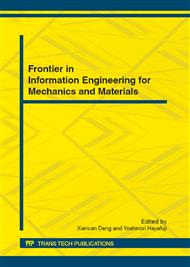p.167
p.172
p.176
p.181
p.185
p.189
p.193
p.197
p.201
Preparation and Performances of Li4Ti5O12/C as Anode Material for Lithium-Ion Batteries
Abstract:
Lithium titanate was poor conductive materials, this disadvantage limited its commerical use in high current applications for future hybrid electric vehicles. Li4Ti5O12/C has been examined in order to improved the electronic conductivities. We selected polyvinyl alcohol (PVA) as the carbon source to synthesize Li4Ti5O12/C composite. Different PVA additions at m(PVA)/m(Li4Ti5O12) = 5%, 10%, 15% were investigated along with the structure and electrochemical performances. The addition of PVA with a amount of 5% and 10% whould significantly improved electrochemical performance of Li4Ti5O12. When charged at 0.5 C rate, both of the samples could maintain an initial reversible capacity of about 146 mAh/g and 159 mAh/g.
Info:
Periodical:
Pages:
185-188
Citation:
Online since:
July 2012
Authors:
Keywords:
Price:
Сopyright:
© 2012 Trans Tech Publications Ltd. All Rights Reserved
Share:
Citation:


